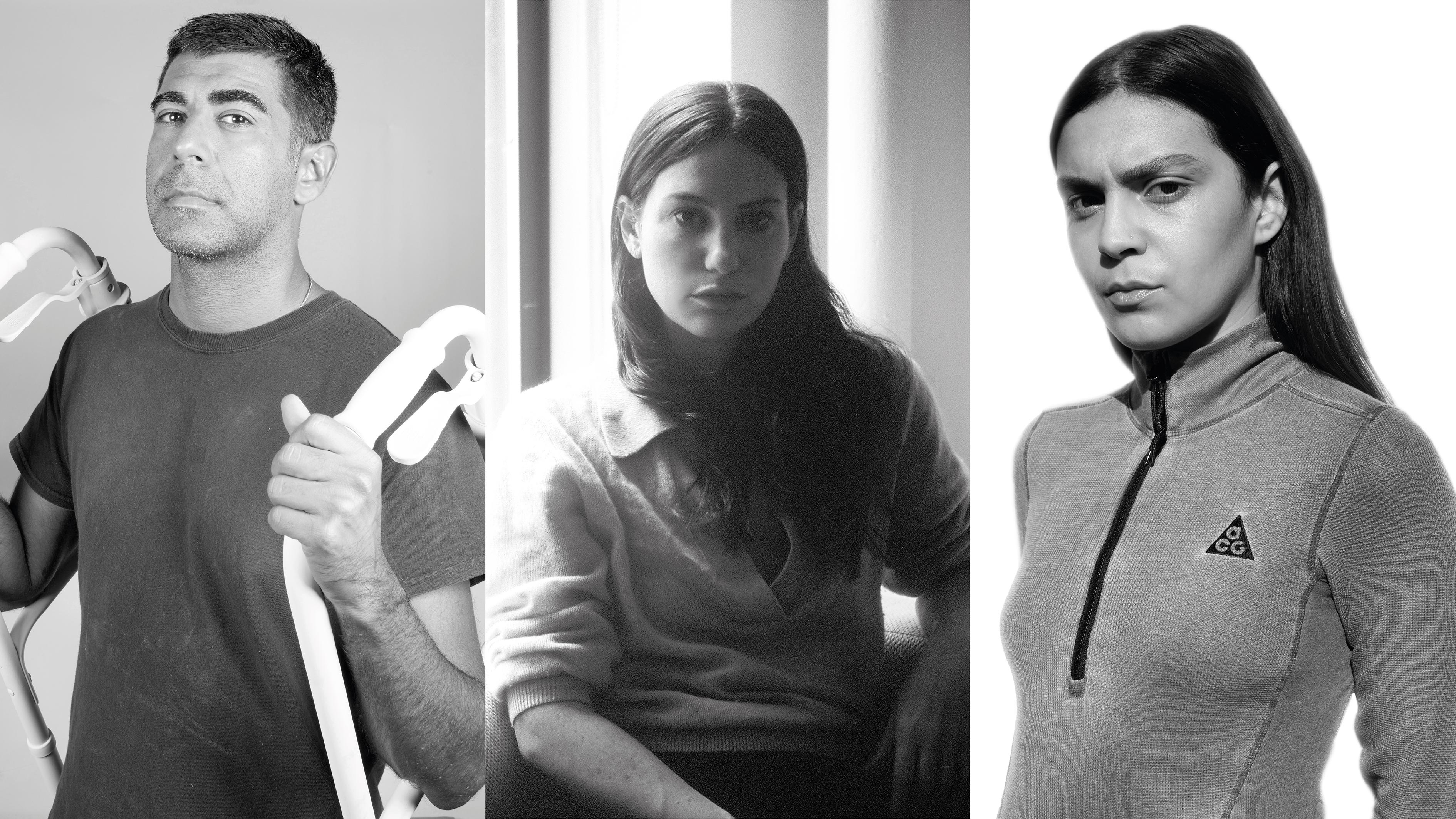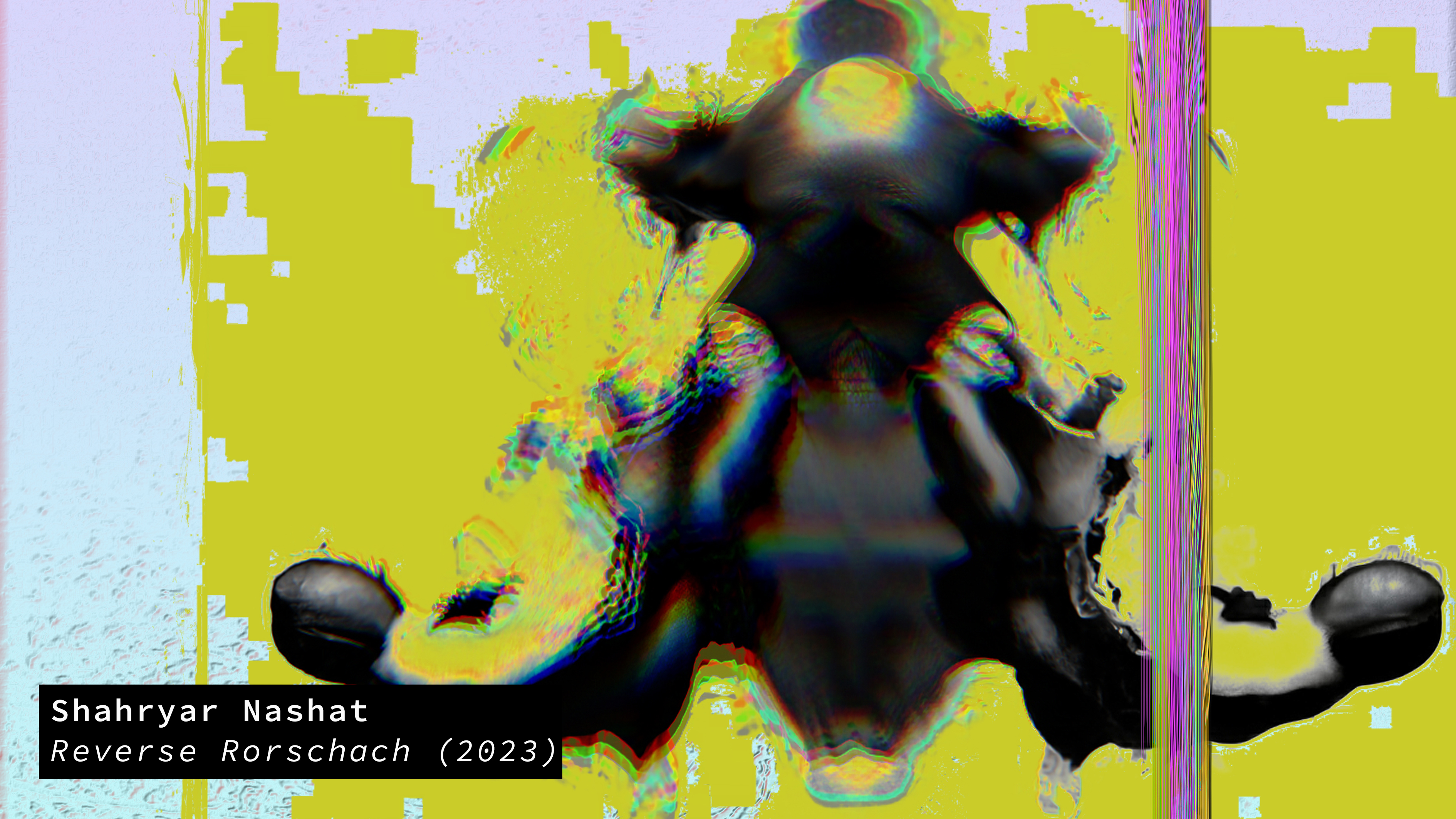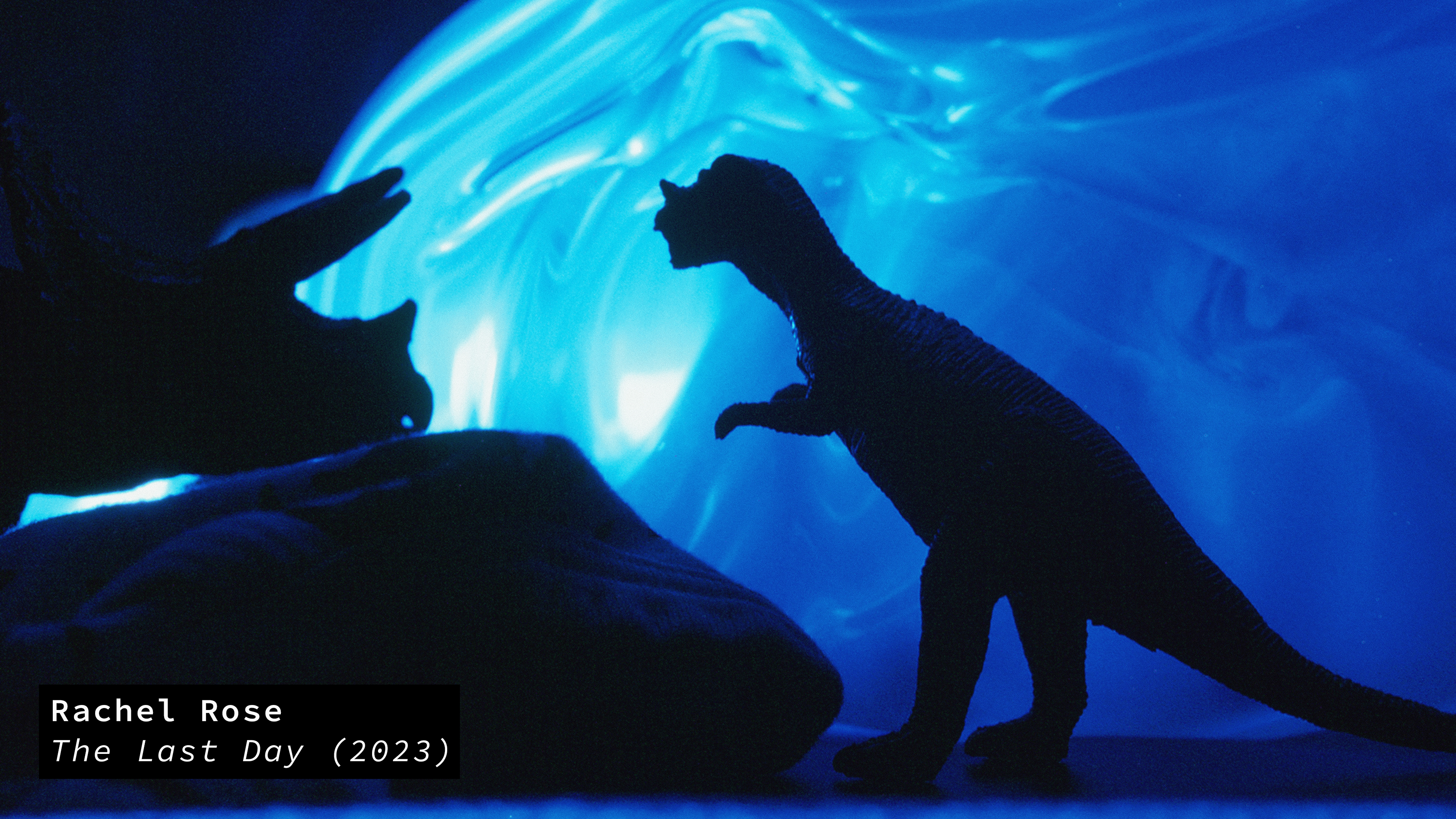LUMA Arles & Google Research Initiative
July 2023 | By LUMA Arles and Google Research
In furtherance of LUMA’s long-term focus on the creative potential of innovation, LUMA Arles and Google present a series of three commissions by Shahryar Nashat, Rachel Rose, and Sara Sadik. On view at LUMA Arles from July 2, 2023.
Collection:




Produced as part of a landmark research initiative in partnership with Google to leverage next-generation technology in service of artists’ visions, and developed over the course of a year with leading engineers, the three projects have embedded a wide range of advanced techniques in the fields of artificial intelligence, ambient sensors, colorimetry, biometrics, and human-machine interaction. Rather than an end in itself, innovation is harnessed as a means to further artistic expression, with artists interrogating the liminal space between digital presence, cognition and physical engagement. In exploring the creative edge of today’s most advanced technological tools, LUMA and Google seek to foster an artist-centric dialogue in fast-developing fields where original voices need to be amplified.
Shahryar Nashat - Reverse Rorschach (2023)
Shahryar Nashat’s installation Reverse Rorschach (2023) stages the exhibition space as a real-time proxy for the artist’s emotional state through physiological variations. Recorded by a monitoring device that the artist continuously wears throughout the duration of the presentation at LUMA Arles, his vital signs are interpreted by machine-learning algorithms and translated into images and sounds. Reverse Rorschach is facilitated by the text-to-image generator Imagen, which allows the evolving manifestations of Nashat’s physical and mental state to create Rorschach-like visuals. Rorschach testing was developed in 1921 by the eponymous Swiss psychiatrist to diagnose patients according to their interpretive responses to a series of abstract inkblot drawings. By using his psychophysiological data as a compositional tool, Nashat relinquishes the work of accessing his inner state—an effort traditionally associated with the artistic process—to directly impart it to the viewer. In turn, the viewer’s interpretation of the work is partially predetermined by the standard readings associated with Rorschach’s tests, Imagen’s anthropomorphizing inclinations, as well as a rapid succession of short illustrative sound pieces. Synced with the artist each minute of each day, Reverse Rorschach reveals further depths in the relationship between body and machine, while creating an ever-evolving, instantaneous self-portrait.
Rachel Rose - The Last Day (2023)
A response to the artist’s daughter’s intuitive sense of loss and bewilderment at the passing of a friend, Rachel Rose’s film The Last Day (2023) consists of thousands of still photographs. Shot in her children’s room, the stammering sequentiality and preternatural chromatic quality of the film’s individual images exposes the medium’s usually imperceptible workings. Toys and everyday artifacts found in the room populate seven days of still lifes, symbolizing the
seven epochs in the Earth’s history, with each day lit sequentially from sunrise to evening. A bottle of milk stands in for the early amorphous, pre-vegetal world, a rubber bathtub toy illustrates ocean life, trucks become ciphers for late industrialization. On the last, seventh day, a large rug acts as a central protagonist, emitting increasingly bright light from integrated LEDs, ominously signaling the end of times. The work lays bare that the history of earth’s landscape—from the primordial, to the prehistoric, to the industrialized and into the near future—merely echoes the development of human imagination.
Sara Sadik - XENON PALACE CHAMPIONSHIP (2023)
In her XENON PALACE series, Sara Sadik turns gallery spaces into fictional hookah lounges. At LUMA Arles, this ongoing project by the artist takes on a new, interactive dimension entitled XENON PALACE CHAMPIONSHIP (2023) in which the video is activated by the viewer. It features groups of men who gather to escape everyday life and compete against one another to train Xenons, fantastic creatures that emerge from wisps of smoke. A pair of hookah hoses, placed on either side of a large LED screen flanked by an army-grade PVC inflatable bench, feature gesture-recognition sensors and serve as controllers for a competitive fighting game, periodically interrupting the film. Starring Sadik’s close collaborator Émile-Samory Fofana as a lone-wolf protagonist striving to anchor his legacy by entering XENON PALACE’s Hall of Fame, the work furthers the artist’s exploration of masculine tropes and cultural alienation in virtual universes.
At LUMA Arles from 02/07/2023
Organized by Simon Castets, Vassilis Oikonomopoulos, with Fabian Gröning. The LUMA Arles & Google research initiative is organized in partnership with Google ATAP, Google Arts & Culture and Google Brain. Engineering direction : Dr. Olivier Bau, Jonathan Tanant.